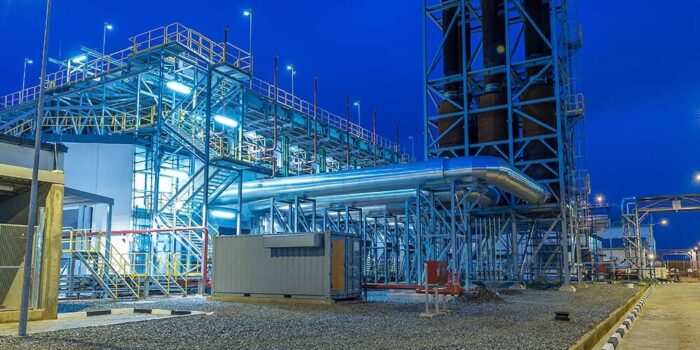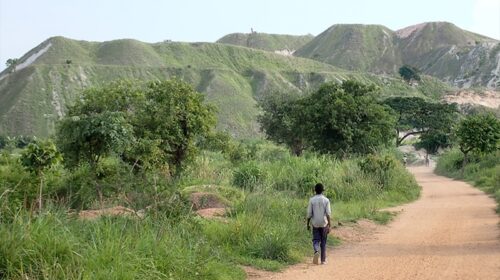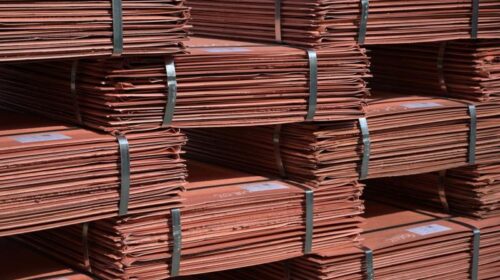Cactus Investments Targets Strategic Sectors in the DRC
Cactus Investments Limited is a London-based investment and consultancy company focused on Africa. Trésor Chovu, CEO of Cactus Investments, spoke to Africa Oil & Power about how Cactus is helping to enhance investments in traditionally strategic sectors such as power, mining, infrastructure, oil and gas.
What projects are you currently operating in the DRC?
In the DRC we took advantage of the improvement of the regulation of the local content via our subsidiary, Cactus Investments SARL, to become more involved in the mining sector. In collaboration with Ocean Fuel in the UK and various Africa focused UK funds, Cactus Investments will start deploying fuel solutions to feed the mining sector while building alternative solutions to generate renewable energy. We will be supplying a minimum of 5,000 tons of fuel per month to the DRC mining sector.
Furthermore, we have helped finance various projects in Central, Southern and West Africa. Our most current transactions are centered in the financing of gold exploration in West Africa in collaboration with the alternative market in Canada.
What is your view of DRC’s energy sector?
The government has prioritized energy access and a regulator is in place. This is the time to start investing and developing commercial electricity projects in the DRC.
The fact that the country has enormous hydro potential and that the average temperature throughout the year is above 25 degrees Celsius makes the DRC one of the most attractive countries for a balanced energy mix, including renewable energy such as solar. The Inga III project alone has the capacity to generate 40,000 MW. In addition to this, the DRC has untapped world class resources in the oil and gas sector. It is estimated that the country has 65 billion cubic metric tons of gas in the eastern part alone.
Access to power in the country is one of the lowest in the world. This has been caused in the past by a number of factors such as extremely poor creditworthiness and poor infrastructure. Nonetheless, one has to recognize that efforts are being made. In August 2020, the President of the Republic Félix Tshisekedi inaugurated the Kinshasa Solar City, a project to generate a total of 1,000MW in Kinshasa. During the same month, a consortium of German companies signed an MOU with the government for hydrogen production estimated at $11 billion. Furthermore, General Electric is expected to refurbish power stations within the country for total amount of $1 billion.
The government, donors, international institutions and private companies have been collaborating on a way forward to increase capacity. Microgrid projects and rural electrification is on the rise. Many projects will come on the stream in the next 5-10 years. The future looks very promising.
How strong is the local content policy?
We help enhance investments in mainly traditional sectors such as Power, Mining, Infrastructure, Oil and Gas. Problems with the availability of qualified local workforce is not inherent to the DRC even though the country is lagging behind other African countries. This issue has been raised in 2014 during an oil and gas conference in Kinshasa in which I was a speaker. At that time, there was a deficit of over 2,500 technical local experts in the central Africa region. Certain countries such as Angola and Equatorial Guinea have tried to revert the balance with quotas in managerial and technical positions. This involved the training of local staff by expatriates within the energy sector. Nigeria is more advanced into this. Although the DRC has many universities as well as management schools including oil and gas, the country is still facing a shortage in local expertise mainly because of weak policy but also the petroleum sector hasn’t picked up yet. The acquired knowledge for many people remains theoretical. The government is trying to reinforce policies.
What major infrastructure projects are required in the DRC’s electricity sector to increase its industrial sector competitiveness?
There should be immediate actions in the refurbishment and the construction of existing and new infrastructure i.e. distribution lines. Without such infrastructure the capacity of generation will be immensely affected. Secondly, the DRC has many electricity sites, be it hydro, solar and wind. The development of small and medium-size sites in the provinces hopes to meet local needs and attract industries locally and promote SMEs. This should be mixed to respond to the growing needs of renewables energies. The government should introduce a bond guarantee to help the private sector to attract investors. Some provinces only have an electrification rate of 1% while seated on hundreds of megawatts capacity at their doorsteps
![]()





